- Summer is, for most of us, synonymous with calm and relaxation, the time of the year we often associate with holidays and outdoors activities like sunbathing and having barbecues.
- Unluckily for growers, the picture is not as idyllic for outdoor cannabis plants, which have to cope with scorching sunlight and excessively high temperatures.
- If you don’t want these conditions to hamper their development, here are a couple of things to help you reduce the number of stressful situations your plants have to deal with.

How to water your cannabis plants in summer
Watering is, undoubtedly, a key aspect for a successful crop in summer, and having accurate weather information and adapting your irrigation scheme to the specific circumstances is paramount if you want to go the right way about it.
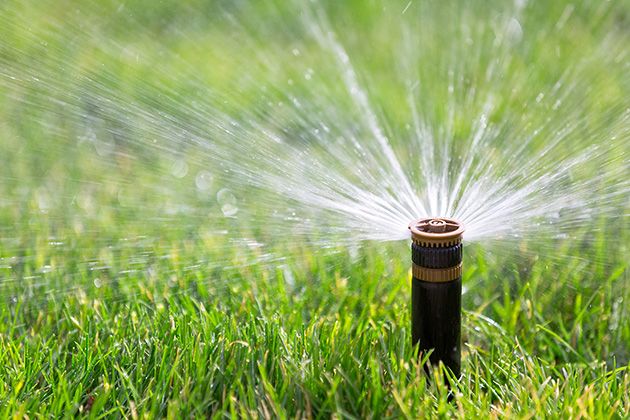
In very hot days, the best moment to water outdoor plants, whose roots tend to reach deep into the soil, is at dusk (at about 21h – 21h30), when temperatures drop and the cool of the night makes its appearance. The main benefit of proceeding at this time of day is that it will allow the soil to retain the moisture throughout the night.

Water generously and remember to use water at room temperature to avoid thermal shocks. Also, if the plants are in their growing stage and temperatures are high, consider spraying the whole plant, including the canopy and the leaves. In hot days, transpiration is high and this method provides some relief from excessive heat.
Another effective way of protecting and feeding your plants in hot days is using an algae-rich fertilizer - always follow the manufacturer's recommended dosage - and reducing the rest of the nutrients by about 25%. A good product to try is Alg·A·Mic by BioBizz.
Aloe vera-rich fertilizers work very well too - you can try Acti·Vera by BioBizz - as they keep the plants hydrated while protecting them from stress. Spray it on the leaves along with the nutrient solution (at a pH of 7.0).

As opposed to pot plants, plants grown in open field have the advantage that the roots have extra protection provided by their deeper rooting, in a cooler, more humid environment if compared to the surface. However, if you want to further protect your plants' roots - let's not forget it is the organ that keeps them fed - you can add a root booster to the nutrient solution once a week.
The same applies to plants grown in pots, where the roots have far less space to develop. A common mistake many growers make is using black pots, inadvertently boosting the overheating of the roots. Instead, we recommend that you paint your pots white - this colour reflects heat, as opposed to black, which attracts and retains it - or cover them in white cling film. In extreme heat conditions (35-40 ºC) multi-layer insulation solutions are preferred.
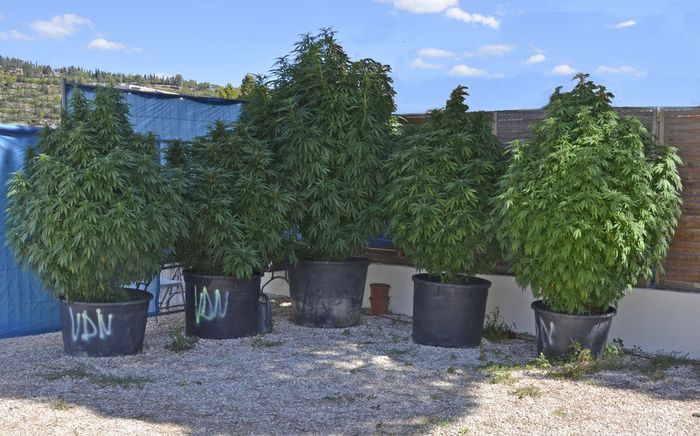
With pot plants, you can use the same irrigation schedule as for plants grown directly on the ground, always adjusting it to the weather and to the changing circumstances. Occasionally, you can manually weigh the pots, as weight is a simple, reliable indicator of the watering needs.
Another thing to bear in mind is that in pots, the roots can't benefit from the safety margin provided by depth, and therefore you will have to check the watering needs of your cannabis plants more frequently. Of course, you will have to be more generous on hot days and reduce the rate when it rains. It is in these changing circumstances that your gardening skills will be truly put to the test.
In either case, the best thing to do is resorting to some sort of drip irrigation system, as it keeps humidity levels stable preventing water deficiency. Of course, this is not always possible but is definitely something to consider if you have the chance.

How to protect your cannabis plants
Protection with straw. This very simple technique involves covering the substrate with straw in order to retain the moisture, reduce soil evaporation and avoid a thermal shock. If you want the method to be effective, make sure that your straw layer is 4-5 cm thick. Alternatively, you can use pine bark, flax or perlite.
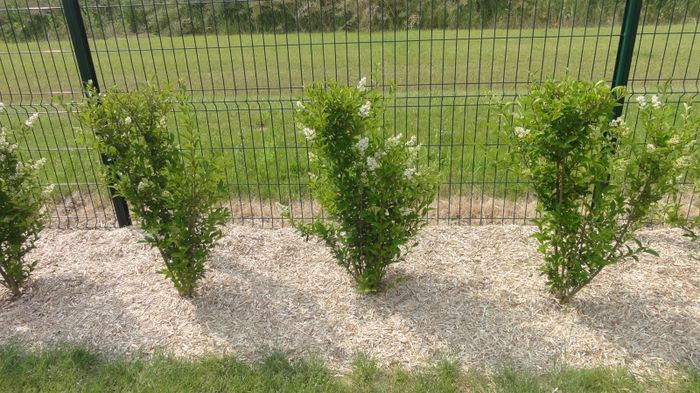
Weed control. Eliminating the weed around your cannabis plants is definitely worth the effort, as it allows them to make better use of the resources of the environment, such as water and space. This technique is very popular in other crops too, e.g. vines, as success depends upon a conglomeration of details.
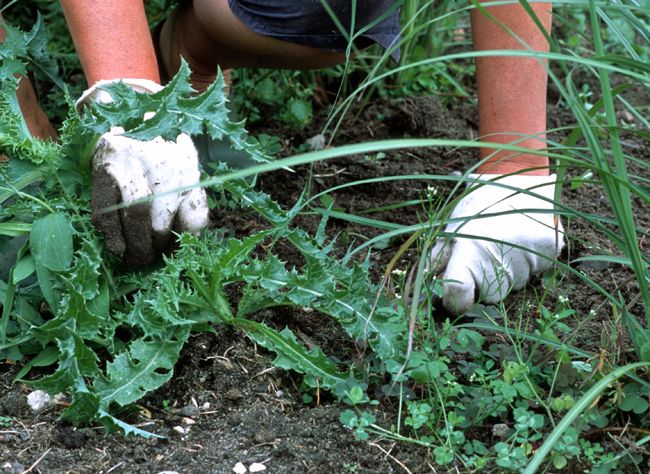
Pruning. Depending on the stain, pruning can prove to be a simple and effective method to reduce transpiration. This applies particularly to dense canopy strains.
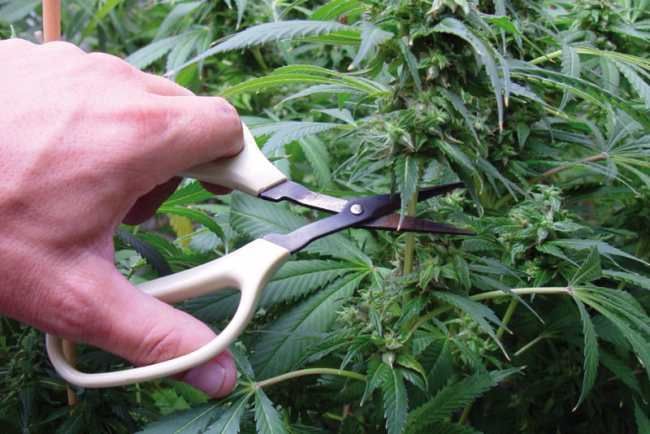
Perforated fabric. You can cover your plants with perforated fabric - ideally light-coloured so that it reflects the sun's rays and light-weighted so that it doesn't damage the plants - in order to minimize the impact of high summer temperatures and provide protection from direct sunlight.
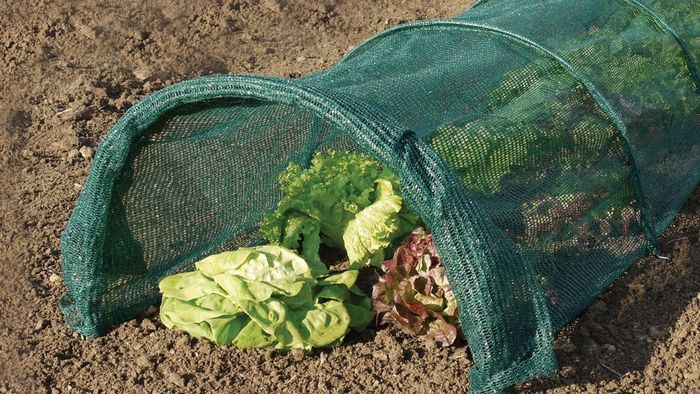
Greenhouse. If you are lucky enough to have a greenhouse at your disposal, then go for it. You will be able to use the afore-mentioned protection method while benefiting from the shadow system most greenhouses include, which are often used to induce or speed up flowering.
The good thing about greenhouses is that the protection system is fixed to the structure. This way the plants don't have to support the weight of the fabric and are therefore subjected to less stress. This option is probably the least invasive one, but of course not everybody has a greenhouse in their backyard.
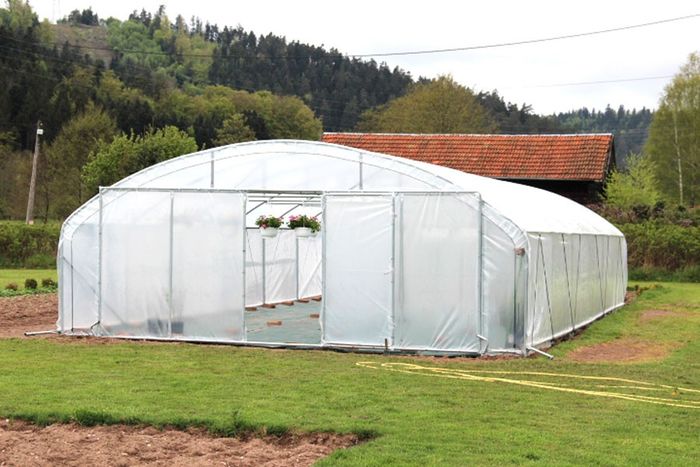
The choice of the genetic. Alternatively, you can go for strains that are more resistant to hot, sunny weather, such as Sativa-dominant hybrids. Originating from places like Africa, Thailand, India, South America or the Caribbean, they are naturally adapted to coping with high temperatures. Examples of these strains are Super Silver, Dinamex, Original Amnesia, Royal Haze and Santa Sativa.

We hope you find these tips useful and wish you a wonderful crop this summer.



Comments from our readers
There are no comments yet. Would you like to be the first?
Leave a comment!Did you like this post?
Your opinion about our seeds is very important to us and can help other users a lot (your email address won't be made public).